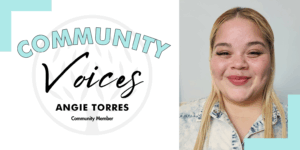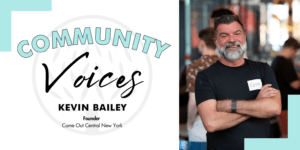Across Central New York, pets bring joy, comfort and companionship to countless families. But for many, the rising cost of veterinary care, limited transportation options and a shortage of affordable services make it difficult to give their animals the care they deserve. Without access to spay and neuter services, unplanned litters add to shelter overcrowding and create difficult choices for families who love their pets but lack resources.
Recognizing these challenges, Marcia Tupper founded Fixing to Help, a local nonprofit dedicated to expanding access to low-cost spay and neuter services for families with limited incomes. Her vision is clear: a stronger, more connected community where every pet and person can thrive.
“Many pet owners care deeply about their animals but face hurdles that prevent them from accessing necessary care,” Tupper said. “Our goal is to bridge that gap by connecting them with affordable options.”
Many of the neighborhoods Fixing to Help serves have experienced decades of underinvestment, shaped by discriminatory housing policies, racially biased zoning decisions and systemic economic disparities. These factors have contributed to fewer nearby veterinary services, fewer transportation options and higher overall barriers to care. Fixing to Help is part of a broader effort to increase access, opportunity and well-being in communities that have historically been overlooked and underserved.
With support from a Community Foundation grant, Fixing to Help launched a bilingual outreach campaign to inform more families about available services. Volunteers distribute flyers — affectionately known as “the little flyers with feet” — throughout Syracuse and Onondaga County. These materials, printed in both English and Spanish, are placed in community centers, food pantries, apartment buildings, laundromats and local businesses, reaching areas where access to pet services is limited.
“These flyers are one of the most effective tools we have for getting the word out to families who might not otherwise know help is available,” Tupper said.
The effort comes at a critical time. Local animal shelters are at capacity and often cannot take in stray animals, a growing concern especially during kitten season — the time of year, typically spring through early fall, when unspayed female cats give birth to large numbers of kittens. Without intervention, the homeless cat population can quickly multiply, further straining shelter resources and deepening the cycle of pet homelessness.
Fixing to Help not only assists pet owners with the cost of care but also plays an important role in reducing the stray animal population through proactive spay and neuter efforts.
“When shelters are full and resources are stretched thin, preventing one litter makes a difference not just for the animals, but for the families and neighborhoods that care for them,” Tupper said. “Every spay and neuter we help provide is a small but powerful step toward a healthier, more sustainable community.”
Since the campaign’s inception, Fixing to Help has connected more than 100 families with low-cost veterinary services, enabling them to care for their pets without financial hardship. The organization continues to expand its outreach efforts, aiming to promote animal welfare and community well-being throughout Central New York.
Visit fixingtohelpcny.com to learn how you can help and cnycatcoalition.org if you are interested in adopting a cat or kitten.









